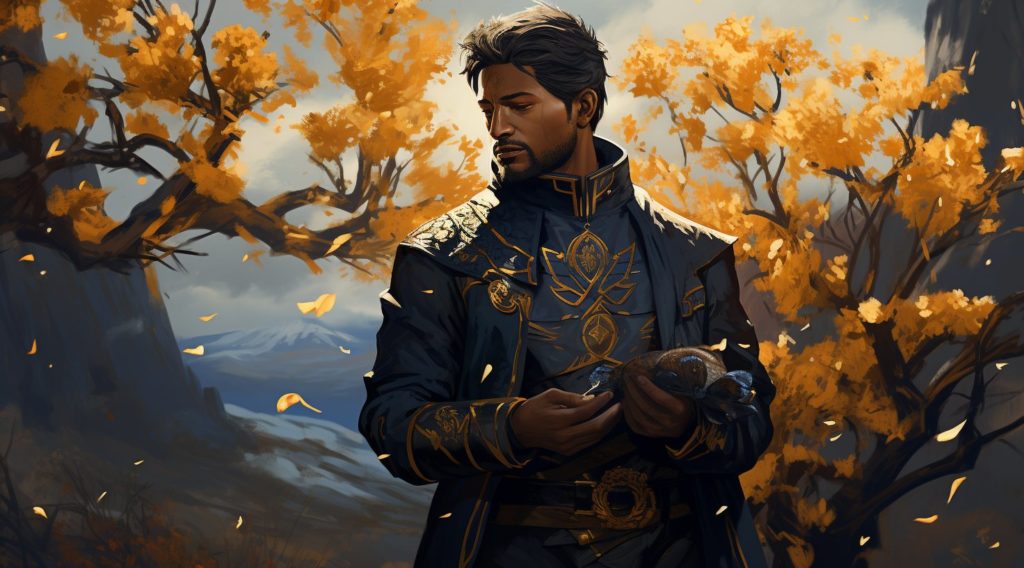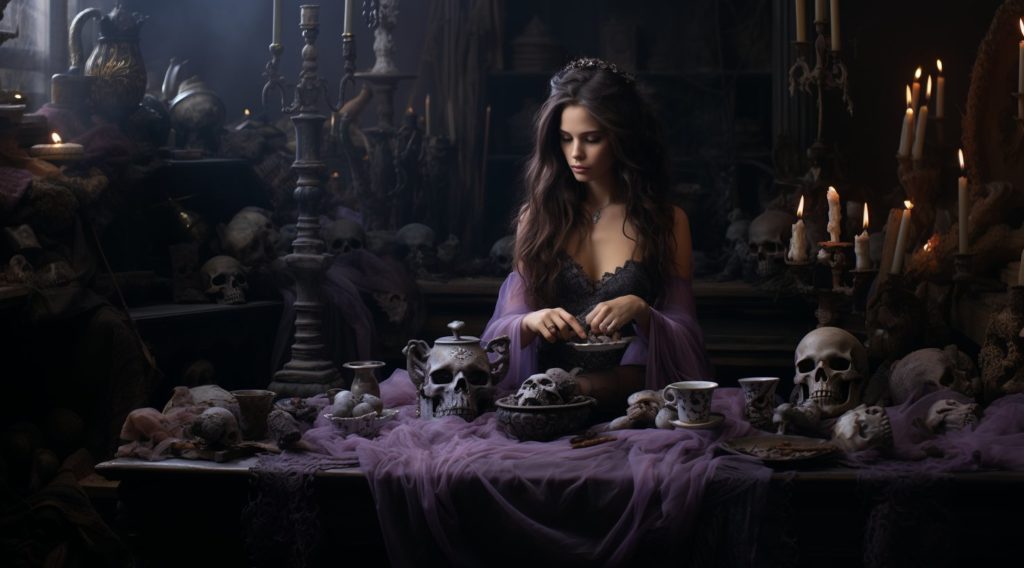
As we approach the end of 2023, I find myself in a reflective mood, looking back on a year filled with creative milestones and personal adventures. It’s been a year where each day was a page in my story, filled with its own lessons. Let’s look at an author’s 2023 journey. My journey.
Expanding the Creedverse: 300,000 Words Strong
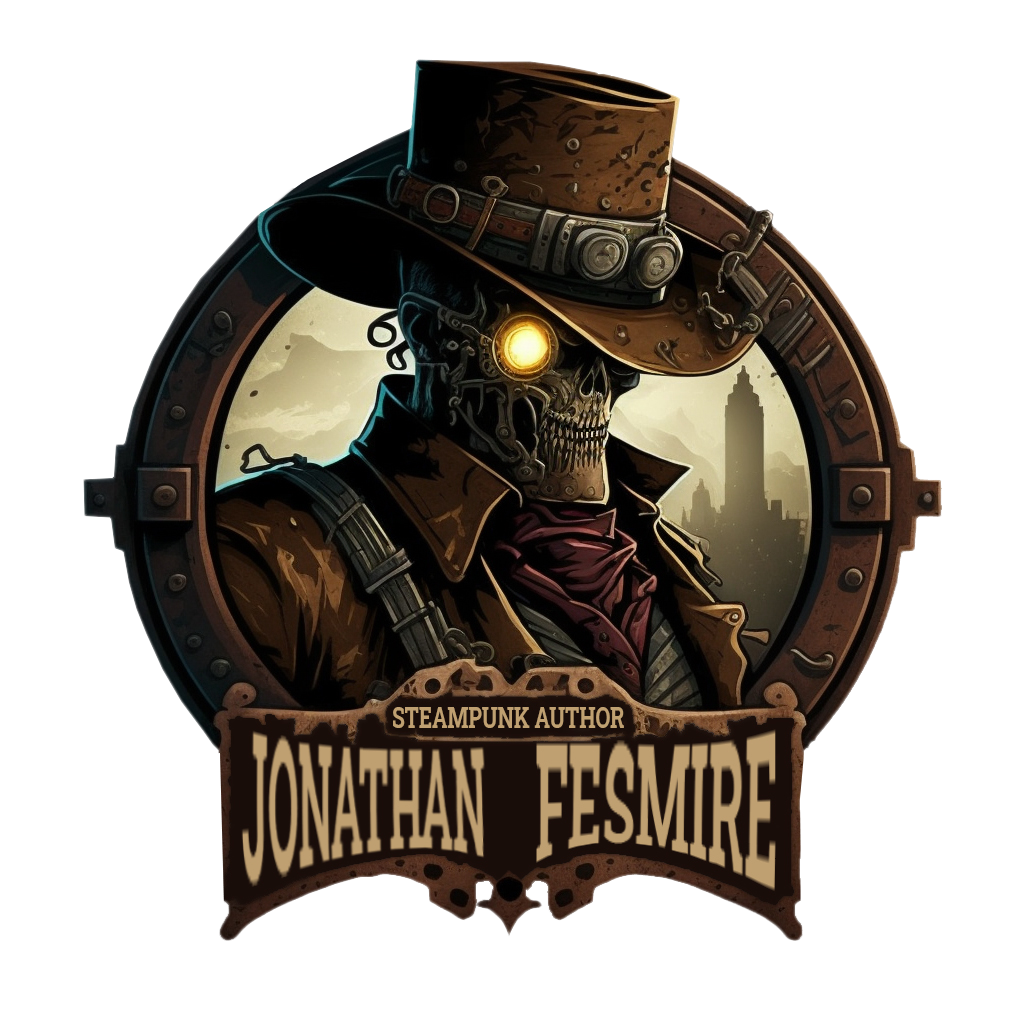 One of the crowning achievements of this year has been adding a staggering 300,000 words to my Creedverse series bible. It’s nearly 400,000 words long, now, and that’s a lot of information! This massive expansion is not just about quantity but also the depth and complexity it adds to my fictional world, enriching the backstories and plotlines. While many of these articles remain a private resource for my writing, sharing some on my Creedverse World Anvil site has allowed readers to dive deeper into the lore of this universe.
One of the crowning achievements of this year has been adding a staggering 300,000 words to my Creedverse series bible. It’s nearly 400,000 words long, now, and that’s a lot of information! This massive expansion is not just about quantity but also the depth and complexity it adds to my fictional world, enriching the backstories and plotlines. While many of these articles remain a private resource for my writing, sharing some on my Creedverse World Anvil site has allowed readers to dive deeper into the lore of this universe.
A Memorable Adventure at San Diego Comic-Con
Attending San Diego Comic-Con with my son was a highlight that will stay with me for years. Taking part in the “Welcome to the Weird West” panel was an honor and a chance to connect with like-minded authors and fans. The experience went beyond the panel discussions and book signings. Roaming the exhibition hall, attending vibrant parties, and reconnecting with fellow authors in the bustling corridors of Comic-Con was an exhilarating experience that underscored the community and camaraderie of the event.
Writing ANna, Daughter of Creed
 The journey of writing Anna, Daughter of Creed has been an example of the non-linear process of creative writing. After starting over following two extensive drafts, I’ve found a narrative thread that truly resonates with the direction I want to take. This year’s writing process has been about discovery, understanding my characters better, and refining the story’s direction. Now, well into the current draft, the end is in sight, and I’m eager to bring this story to its conclusion and share it with the world.
The journey of writing Anna, Daughter of Creed has been an example of the non-linear process of creative writing. After starting over following two extensive drafts, I’ve found a narrative thread that truly resonates with the direction I want to take. This year’s writing process has been about discovery, understanding my characters better, and refining the story’s direction. Now, well into the current draft, the end is in sight, and I’m eager to bring this story to its conclusion and share it with the world.
Diving into Patreon and New Skills
Revamping my Patreon this year has opened new avenues for connecting with my readers. Soon, I plan to offer exclusive content for fans, who will get two exclusive short stories per month for their $5. I’ve also embraced the challenge of learning and implementing Facebook ads for my books. This foray into digital marketing represents a blend of creativity and strategy, teaching me the nuances of online promotion.
New Connections and Ventures
Participating in Indie Author Day at Anaheim Central Library was a highlight of my year, offering a mix of education, networking, and connection with the indie author community. Starting the day with book setup at Mystery Ink, I was honored to be part of the Crafted Words: Mastering the Writer’s Toolbox panel, in which we discussed various aspects of writing fiction. The event also provided valuable networking opportunities, including a resource to find a French-speaking editor for the translation of my Bodacious Creed novels.
Attending LosCon as a vendor brought a unique flavor to this year. Selling books and dice towers, while making new friends and enjoying the con atmosphere, was a highlight. It’s these kinds of events that remind me of the vibrant and diverse community that exists in the sf/fantasy world. The connections made, especially with individuals involved in the Writers of the Future Contest, have opened new doors and provided fresh perspectives in my writing journey.
Creative Risks Pay Off
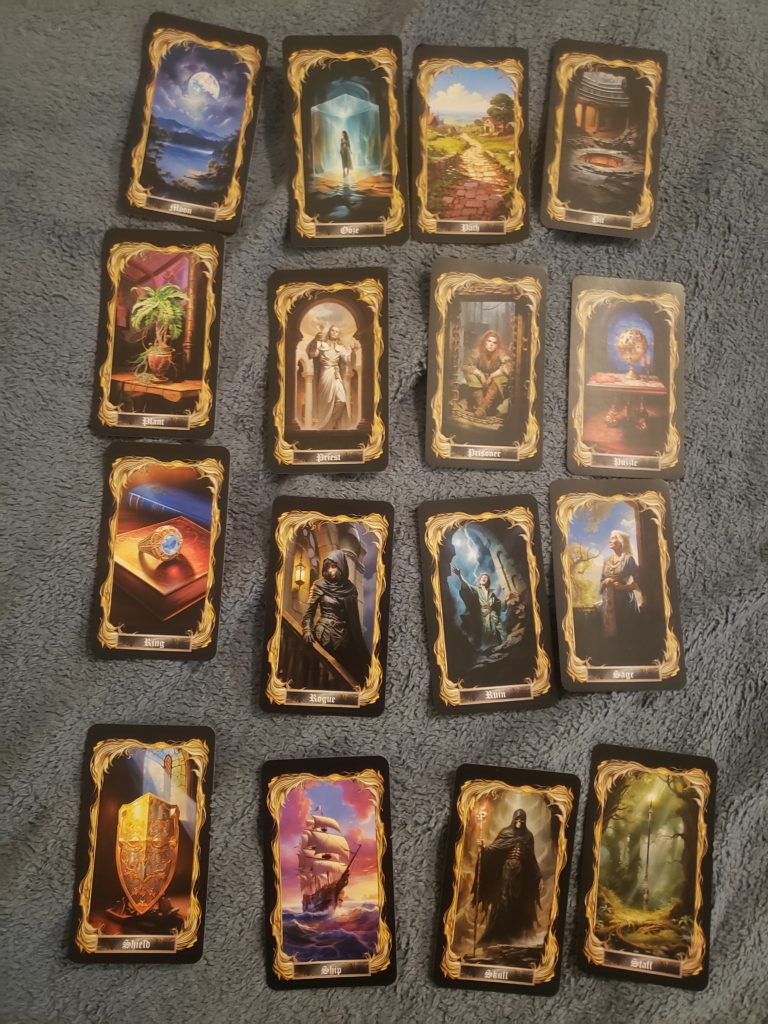 Launching new products in my Etsy shop was a leap of faith that paid off. The positive reception of the Dungeons and Dragons themed decks and signed copies of my novels has been both validating and motivating. It’s fun, turning my creative products that others love. These ventures have not only contributed to my financial stability but also enhanced my connection with the broader fan community.
Launching new products in my Etsy shop was a leap of faith that paid off. The positive reception of the Dungeons and Dragons themed decks and signed copies of my novels has been both validating and motivating. It’s fun, turning my creative products that others love. These ventures have not only contributed to my financial stability but also enhanced my connection with the broader fan community.
Prioritizing Self-Care
Amidst all the creative and professional hustle, prioritizing self-care has been a key theme for me this year. Ensuring adequate sleep and maintaining a daily journaling habit have been non-negotiables in my routine. These practices helped to keep me focused so I can approach each day with renewed energy and clarity.
Looking Ahead
As I look back on the year, I am filled with gratitude for the experiences, the growth, and the creative fulfillment I gained in 2023. It’s been a year of embracing new challenges, staying true to my vision, and growing as a writer and as an individual. Stepping into 2024, I am excited for new adventures, armed with the lessons from this year.
Here’s to another year of storytelling, creativity, and connections. Let’s make 2024 another remarkable chapter in our lives!
“And now we welcome the new year. Full of things that have never been.” ~ Rainer Maria Rilke


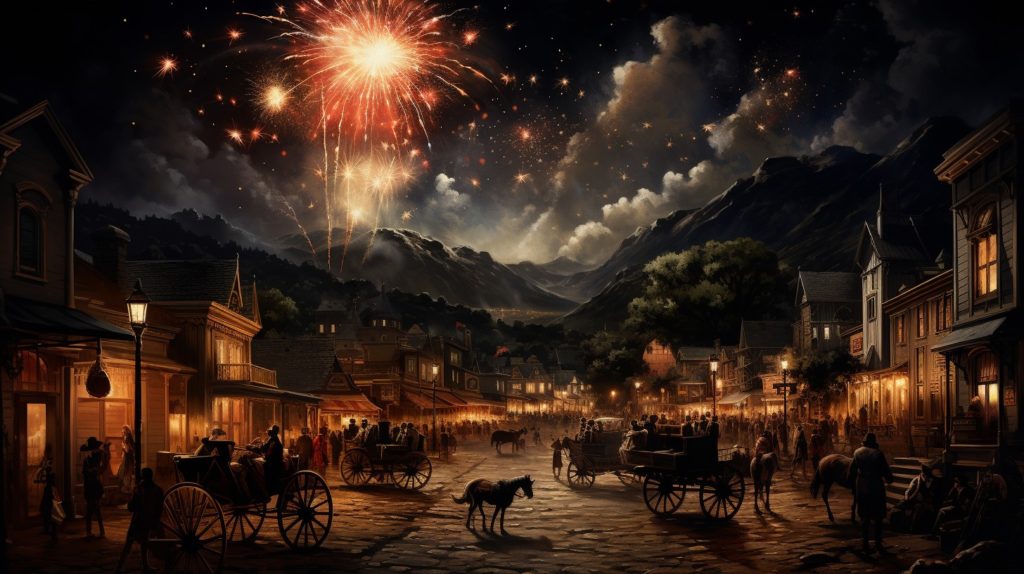

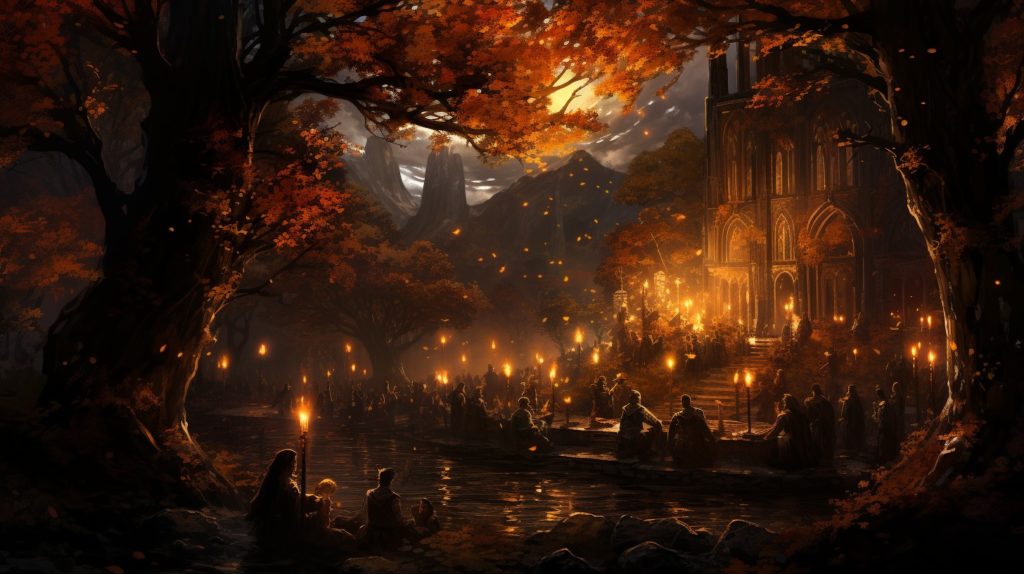


 Maxwell Gregg: Gregg’s narrative explores how villainy can stem from ambition and how it is shaped by the society in which a person lives. His white ethnicity is incidental to his actions, portraying villainy as a human flaw, not confined to any race.
Maxwell Gregg: Gregg’s narrative explores how villainy can stem from ambition and how it is shaped by the society in which a person lives. His white ethnicity is incidental to his actions, portraying villainy as a human flaw, not confined to any race. Ethan Smith, Ace Feng, Selena Moreno, and Hiram Pinel: These are just a few of the characters representing different cultures and ethnicities, and they lend the Adventures of Bodacious Creed series authenticity and depth. Their unique perspectives and skills are essential in shaping the course of the story, and their interactions with other characters, including James Creed and Anna Lynn Boyd, highlight the interconnectedness of different cultures in the Creedverse.
Ethan Smith, Ace Feng, Selena Moreno, and Hiram Pinel: These are just a few of the characters representing different cultures and ethnicities, and they lend the Adventures of Bodacious Creed series authenticity and depth. Their unique perspectives and skills are essential in shaping the course of the story, and their interactions with other characters, including James Creed and Anna Lynn Boyd, highlight the interconnectedness of different cultures in the Creedverse.